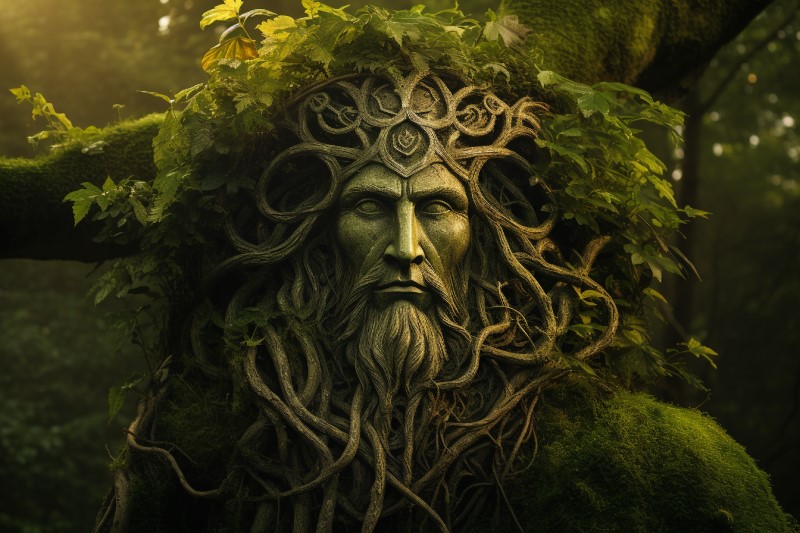KidZone Mythology:
Teaching Celtic Mythology
Exploring Celtic mythology and the enchanting world of Arthurian legends with children invites them into a realm where mystical landscapes, legendary heroes, and ancient magic intertwine. These stories, rooted in the rich cultural tapestry of the Celtic peoples of Ireland, Scotland, Wales, and Brittany, offer more than just entertainment; they provide a gateway to understanding complex themes of nature, heroism, and the human spirit.

This guide aims to refresh the approach to introducing these captivating narratives, ensuring a memorable and insightful experience for young minds.
The Mabigonion (Welsh folktales)
Mythologies Related to Celtic Mythology
Embracing the Mystique of Celtic Myths
Celtic mythology stands out for its profound connection with nature, the spiritual world, and the intricate web of fate. Its narratives are woven with characters that embody the natural and supernatural world, offering a unique lens through which to view the ancient Celtic way of life.
The Tale of Brigid, Goddess of Spring
Spotlight on Storytelling Techniques
To captivate the young audience, employ dynamic storytelling techniques that emphasize the oral tradition of the Celts. Use engaging narrative styles, such as call-and-response or interactive storytelling, where children become part of the tale, contributing ideas or predicting outcomes. This active participation mirrors the communal storytelling traditions of the Celtic peoples.
Nature and Mythology

Highlight the deep reverence for nature found in Celtic myths. Engage children in outdoor activities that connect them with natural elements prominent in these stories, such as trees, water, and stones. For example, reading tales of the druids in a forest setting can bring the mythology to life and deepen the connection with the natural world.
Artistic Mythology Projects
Encourage artistic expression by linking projects to specific myths or symbols from Celtic and Arthurian legends. Children could create their own illuminated manuscripts, design Celtic knots that represent different mythological themes, or construct mini-round tables, integrating art with storytelling.
Mythology Meets Music
Incorporate Celtic music and instruments to enrich the storytelling experience. Learning about and listening to traditional Celtic instruments, such as the harp, tin whistle, or bodhrán, can provide a sensory backdrop to the myths, enhancing the ambiance and immersion in the Celtic world.
Digital Storytelling and Animation
Leverage digital tools to allow children to create their own animated versions of their favorite myths. Digital storytelling apps can enable children to illustrate, narrate, and share their unique interpretations of Celtic and Arthurian tales, blending traditional narratives with modern technology.
Myths as Moral Compasses
Use the complex scenarios and character choices within Celtic myths and Arthurian legends as a basis for ethical discussions. Pose dilemmas faced by characters and facilitate debates or discussions, encouraging children to consider different perspectives and what they might have done in a similar situation.
Conclusion
Teaching Celtic mythology and Arthurian legends offers a unique opportunity to immerse children in the rich tapestry of ancient narratives that speak of heroism, nature, and the power of storytelling. By adopting diverse and interactive teaching methods, educators and parents can make these ancient stories resonate with young learners, fostering a deep appreciation for the cultural heritage and timeless lessons embedded in Celtic and Arthurian mythology.